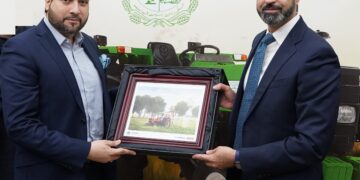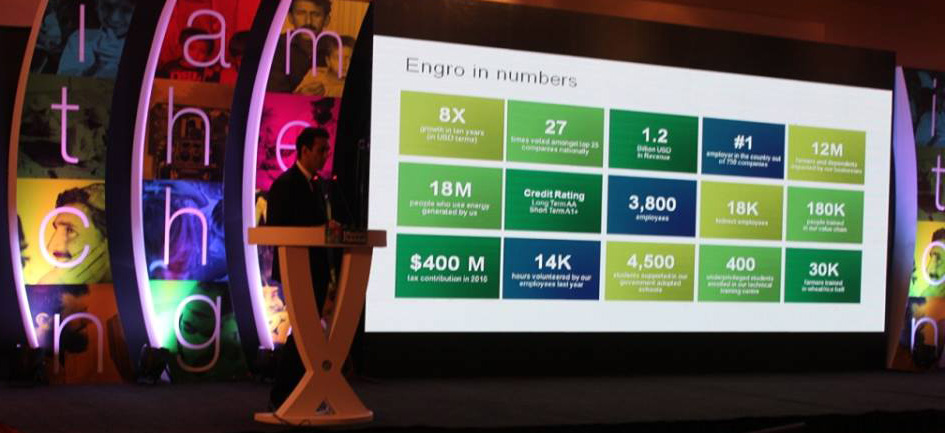Washington: On February 23, the Department of Homeland Security (DHS) Science and Technology Directorate (S&T) published the results of the 2022 Biometric Technology Rally (2022 Rally). The Rally challenges industry to develop faster, more accurate, and easier to use biometric recognition capabilities to improve security and ease-of-use at security checkpoints.
“The purpose of Rally 2022 was to raise the performance bar, to further challenge industry to develop technologies that address operational challenges and constraints, while also addressing privacy and civil rights and civil liberties concerns,” said Arun Vemury, DHS S&T Biometric and Identity Technology Center Lead. “Biometric technologies are continuing to improve in terms of accuracy, speed, and ease of use, so it is important that we ensure these capabilities also include privacy safeguards, including the option to opt out of biometric screening.”
According to the International Trade Administration, more than a third of travelers visiting the United States in 2020 indicated they traveled in groups of two or more, so the focus of the latest Rally was to further enhance the capabilities of new technologies that can quickly and accurately process small groups of travelers while avoiding capturing photos of bystanders in a crowded environment.
Held at S&T’s Maryland Test Facility in Upper Marlboro, Md., the 2022 Rally included 11 days of testing with 40 facial recognition configurations (using four face acquisition systems and 10 matching algorithms) and 575 diverse test volunteers representing 54 countries. Acquisition systems and matching algorithms were evaluated based on their ability to reliably capture and match images from small groups of volunteers.
Participants demonstrated their ability to automatically detect and photograph opt-in users, avoid bystanders, and correctly match the opt-in users using face photos. The acquisition systems and matching systems were challenged to meet specific effectiveness, efficiency, privacy, and user satisfaction performance benchmarks. Results were further broken down and reported for each demographic group. Some key results indicate:
Group processing can be effective. The best system combination could identify 97% of the people in groups of two or four, in less than two seconds per individual.
When errors did occur, the major source of error was the camera, not the face recognition algorithm.
Tests showed that less than 1% of bystanders (non-users) were photographed by acquisition systems.
The 2022 Rally effort was led by S&T’s Biometric and Identity Technology Center, which provides objective biometric and identity subject matter expertise to DHS and Federal Agencies to inform strategic planning and acquisitions of new capabilities.
Since the first Rally in 2018, S&T has tested more than 250 combinations of commercial biometric acquisition systems and matching algorithms in a high-throughput unattended use case.
















